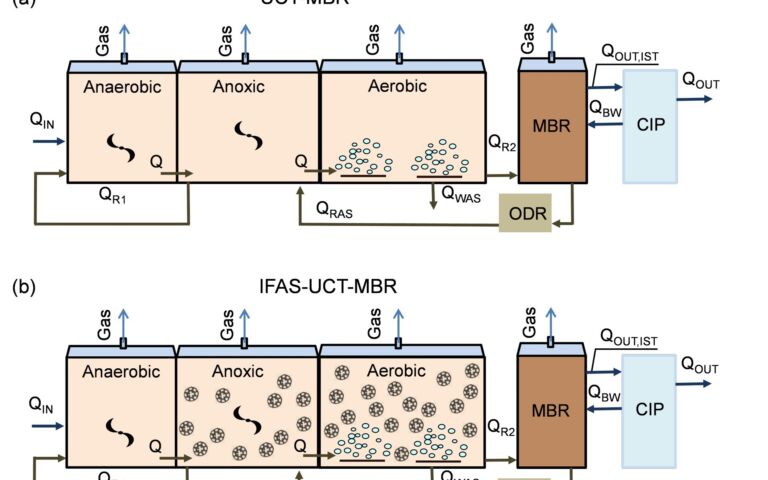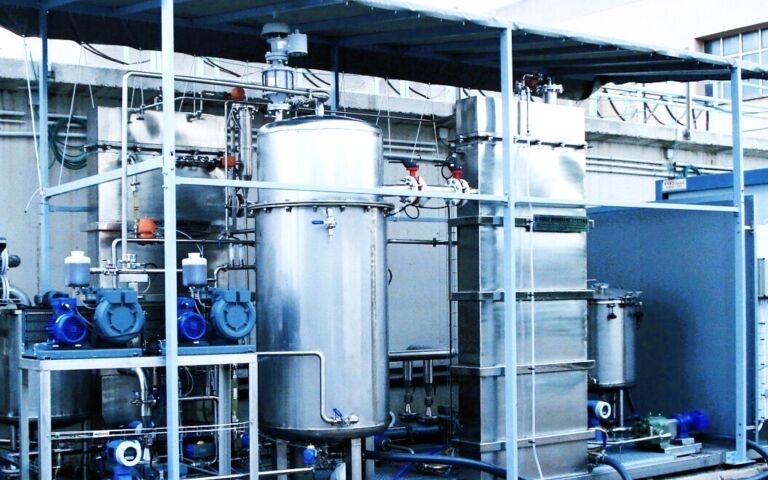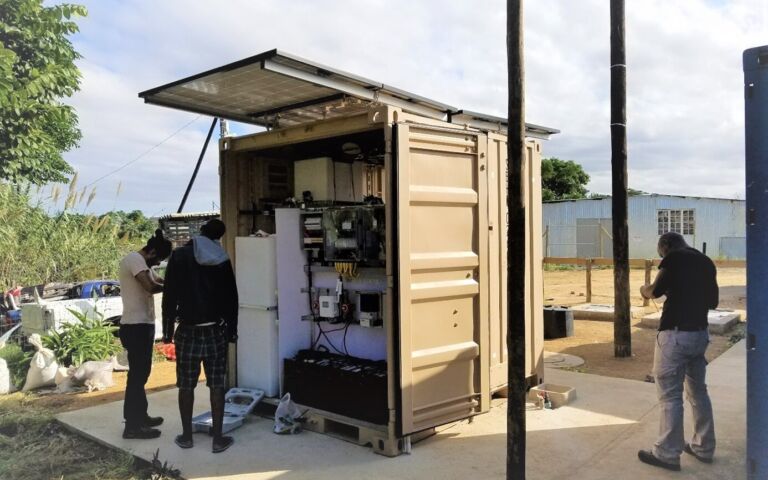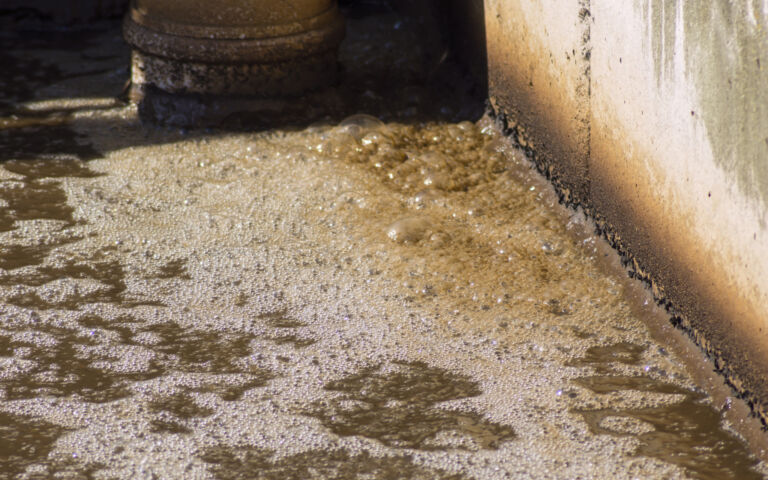Ancillary equipment for membrane bioreactors

What additional equipment does an MBR need?
Two key pieces of additional equipment required for an MBR which are not required in classical activated sludge treatment comprise:
- fine screening, and
- membrane process operation control.
While a membrane bioreactor can effectively displace primary sedimentation, biotreatment and secondary solid–liquid separation, as well as tertiary effluent polishing, classical bar screens of around 6 mm rating are insufficiently selective for an MBR. Such relatively coarse screens increase the risk of clogging of both membrane channels and, for immersed systems, the coarse bubble aerators.
Screen ratings for MBRs range from 3 mm for a flat sheet membrane down to below 1 mm for a hollow fibre.
Process control is fundamental to all wastewater treatment processes. The design approach for MBR control systems is guided by the application/duty, and in particular the scale, and the membrane configuration. Large-scale commercial systems require stability of operation, optimum use of energy and chemicals, and robust control when challenged with changes in hydraulic and/or organic loadings.
Perhaps most critically, operation outside of the envelope (specifically permeability and cleaning) stipulated by the membrane technology supplier may invalidate the warranty.
Equipment terms
Definitions of some common ancillary equipment are given below.
Degritters
Equipment placed downstream of the coarse screen at the inlet works to remove coarse, dense particles (primarily grit) by settlement. They can either be configured as channels or cyclones. At large plants the grit is normally washed and reused as a building material, usually for roads.
Screens
Equipment placed at the inlet works (coarse screens) and downstream of the degritter and/or upstream of the biological and membrane tanks (fine screen) for removing extraneous rag-like material by sieving. Coarse screens at the inlet works are normally rated as 6 mm, and the apertures are normally slits for this duty. Fine screens for protecting the membrane can be rated between 0.8 and 3mm, depending on the membrane type, and can have slit, square or circular apertures.
Buffer tank
A tank placed upstream of the biological and membrane tanks to provide buffering, or equalisation, of the flow and thus reduce hydraulic surges.
Macerators
Equipment used for chopping and grinding bulky and fibrous material in a wide variety of applications in wastewater treatment systems, as well as for mixing and grinding various liquid/solid deposits. They are sometimes used for treating screens to reduce the coarseness of the solids and allow them to be passed through the screen for treatment along with the main flow.
Blowers/compressors
Equipment used for providing air to the aerators. Wastewater treatment normally employs blowers, which operate at lower pressure and have a lower energy demand than compressors.
Aerators
Equipment for distributing air, placed in the bottom of the biotank and/or underneath the membrane modules for immersed and sidestream air-lift MBRs. Biotank aerators employ fine-bubble aerators for encouraging oxygen dissolution. Membrane tanks normally have coarse-bubble aerators, with much larger apertures, to produce bubbles large enough to provide vigorous membrane scouring and/or agitation.
Chemical dosing
Chemical dosing is the application of chemicals for such applications as pH correction, cleaning (of the membranes and aerators, in the case of an MBR), and disinfection. A complete chemical dosing system will normally comprise chemicals storage tanks, dosing pumps and a system for measuring, monitoring and controlling the dose rate.
Pumps
An apparatus or device for forcing the movement of liquid through equipment.
Sanitisation
Sanitisation applies to any process which makes the water and/or related equipment sanitary, as by cleaning or disinfecting to substantially remove pathogenic or problem micro-organisms in treated water. This is often taken as including biofilms formed on the inner surfaces of pumps, pipework and fittings, as well as in membrane permeate channels.
UV irradiation
A process, as applied in water and wastewater treatment, which provides disinfection through transmitting ultraviolet irradiation through the water and inactivating micro-organisms. It is sometimes used downstream of an MBR or membrane process to provide additional protection against pathogenic bacteria.
Sludge/residuals management
Residuals are those materials forming the waste products from water and wastewater treatment, which for MBRs primarily comprises sludge discharged from the membrane and/or biotank.







